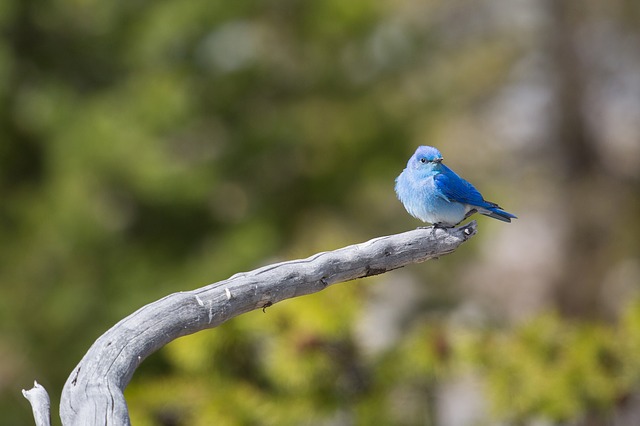Casual Observations
The first, and most common way, to collect Nature Mapping data is through casual observations. Casual observation implies no set routine, just basic wildlife watching. Casual observations provide very valuable data and should not be overlooked. Often, it is the casual observation that first documents the existence of a species, arrival and departure dates of migrants, changes in distribution or unusual observations.
You can make casual observations while involved in most of your personal activities: hiking, biking, camping, boating, driving, and even while looking out your window. You really don’t have to change the way you conduct your everyday activities. Except that you will need to be a little more observant while watching wildlife and willing to take appropriate notes like species, number of individuals, location. However, while making “casual” observations remember our motto “WHEN IN DOUBT, LEAVE IT OUT”.
Ideally, casual observations should be recorded on your field observation form and the data entered in the Nature Mapping Jackson Hole website database in a timely manner.
Coordinates or UTMs are required with each of you observations. The best way to acquire them is with a GPS unit or by utilizing the very user-friendly Teton County Map Server here. Simply place the curser on the observation location and record the coordinates displayed in the lower right-hand corner of the screen. Note that if your cursor shifts when you reach for your pencil, the UTMs will also shift with the cursor.
Not only is making casual observations an important aspect of the Nature Mapping project but it is also very rewarding. It provides you with a tangible sense of accomplishment while going about your everyday tasks and recreational activities. Try it, it’s fun!
Get Started
Interested in getting started on your casual observations? You’ll need to get certified in our brief, two-hour training. Email jessie@jhwildlife.org to sign up for a training.
How Casual Observations Differ From Systematic Monitoring
Systematic monitoring is done by following a specific protocol and is used for Nature Mapping projects vs. casual observations. For example, when collecting data for a project you may be asked to watch wildlife from a specific location during a specific time frame and duration, and in a specific manner (i.e. sitting, walking, driving, spotting scope, etc). Specific protocols will be used for each systematic project. Systematic monitoring adds a degree of structure necessary for gathering data on projects where consistency is critical. Again, be sure to follow the motto, “WHEN IN DOUBT, LEAVE IT OUT”.
A number of systematic projects are supported by Nature Mapping Jackson Hole. Examples of these projects are: Moose Day, Project Backyard, the Snake River Float, the Bluebird Nest Box Project. It is important to remember that each project has its own set of protocols which must be followed.
Record Your Casual Observations
Log in to the Entry Form
If you’re a certified nature mapper, simply sign in to the Nature Mapping Entry Form via mobile or website.
Record Your Casual Observation
Click on Casual Observations and record your observation.
Add to the Body of Knowledge
The data you record go into a database that helps planners, resources managers, home owners associations and valley residents make decisions that help people live compatibly with wildlife.



